Hello, my name is Paul, and I welcome you aboard the MS Wissenschaft! You are now inside a 102-meter-long cargo ship that once used to transport gravel, coal and other goods on rivers and canals across Europe. But for more than twenty years now, it carries science – like in this exhibition. The annually changing topic corresponds to the Year of Science, commissioned by the German research ministry. This year’s topic is “Future Energy”.
This is how I start every guided tour in my job on the MS Wissenschaft: for a total of five weeks, I accompany this swimming science centre to various cities and towns in Germany and Austria. How did this happen? I already visited the MS Wissenschaft in Mainz when I was a child, and then again last year when two friends who also studied GCE and Geoecology worked on the ship. I got curious about this job, even more when I got to know this year’s topic. So, I decided to apply.
The 27 exhibits have been created by scientists themselves to present their research to the public. The exhibition is organised by Wissenschaft im Dialog (Science in Dialogue). Accordingly, I would like to enter a dialogue with you during this tour. So, what do you associate with “Future Energy”?
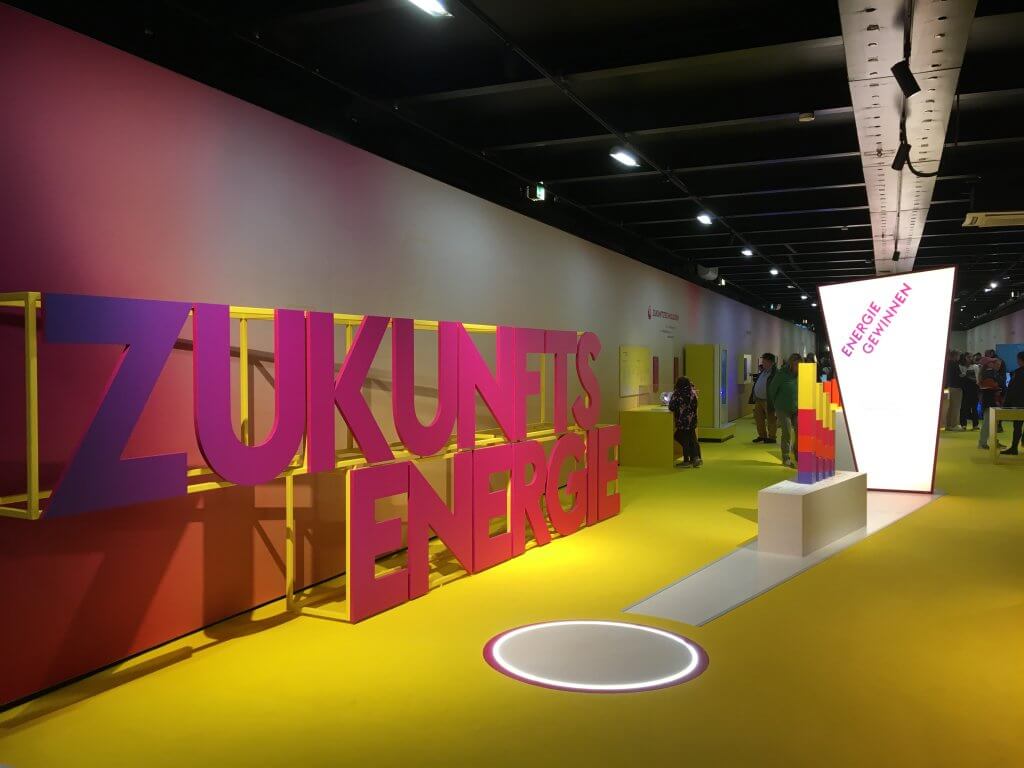
Entrance to the exhibition
Guided tours are my favourite task here but by far not the only one. We – a team of four students working in two-week shifts – are responsible to run the exhibition: we open for the public at 10 am (on school days already at 9), welcome visitors at the info desk, take care that the exhibits work and fix them if not, set up (and recollect) info boards out in the streets, and after closing at 18:30, we disinfect the exhibits and treat the yellow carpet with industrial vacuum cleaners before we switch off electricity.
While more than half of the electric energy produced in Germany, on average, already comes from “renewable” sources like wind or solar power, other sectors are still mostly dependent on fossil fuels. Heating and cooling, for example, have a fossil share higher than 80 percent. Most households are still heating with fossil gas or oil. Geothermal energy and electric heat pumps are the main technologies to transform this sector.
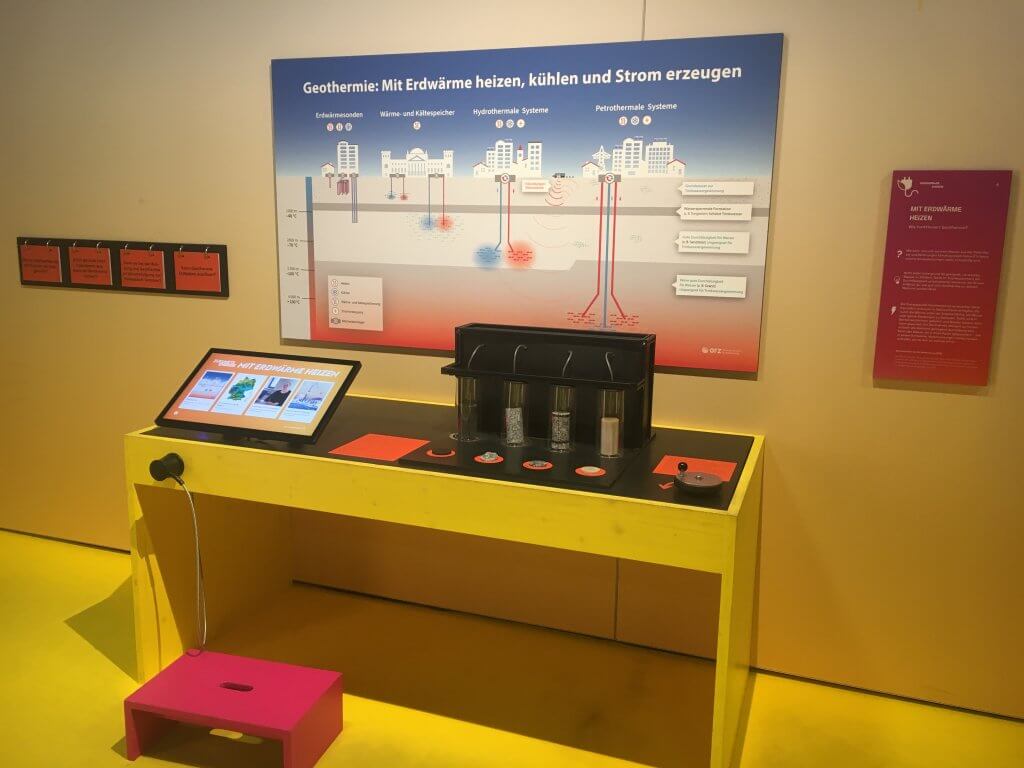
One of my favourite exhibits is the one on geothermal energy by the Helmholtz Centre for Geosciences
Yes, we also live on the ship: there are two small apartments with a comfort somewhere between a caravan and a hostel. So, I had to be ready to share a limited space and nearly all my time with people I didn’t know before, except for a two-days introductory meeting in Berlin in April. But so far, this experience has been excellent. I have only worked with nice people who have a good time together but can also rely on each other in critical moments.
Another big challenge of the energy transition is to store energy from “renewable” sources for times of high electricity demand or diverse other applications. All technologies have advantages and disadvantages. Lithium-ion batteries which we all use in our phones, for example, have a high efficiency. But they contain resources like lithium, which is currently extracted with severe environmental damages, mostly in Latin America. Therefore, researchers at the Leibniz Institute for New Materials in Saarbrücken are aiming to scale up electrochemical lithium extraction which would allow to produce or recycle lithium regionally with little environmental impacts.
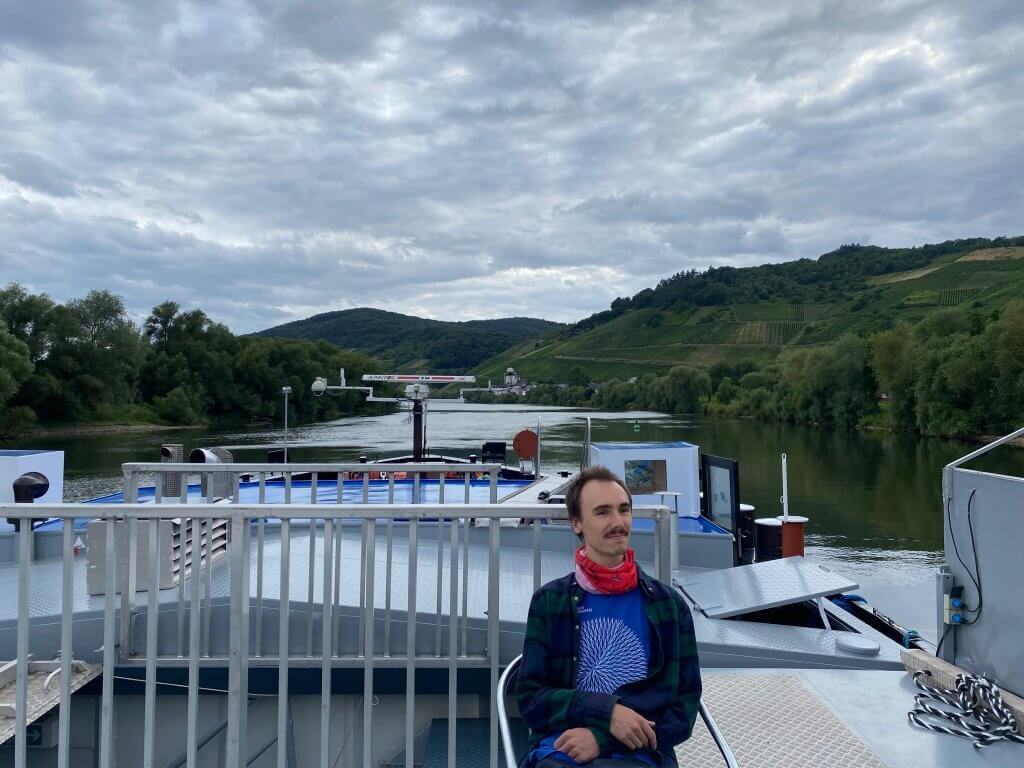
On the Moselle
What I like most about working on the MS Wissenschaft is that I learn a lot – and not just about energy. I also get to know various places and people in Germany (and, in September, Austria). Without this job, I would probably never have visited the Bucher Brack nature conservation area in the Elbe floodplain, nor the water mill museum in Saarburg. The best are the passages between the stops, when we sit on deck and enjoy the view on the landscapes – and on impressive constructions like the canal bridge over the Elbe, giant sluices, and hydropower stations.
Pumped-storage hydroelectricity is a long-established technology: when excess electricity is available, water is pumped up to a reservoir. Once the energy is needed, the water can be released to power turbines. Advantages of this storage technology are its high capacity and flexibility. However, the facilities require a lot of space which means massive interventions in the landscape and its ecosystems. Nevertheless, researchers of the Fraunhofer Institute for Energy Economics and Energy System Technology are working on a new type of pumped-storage hydroelectricity, Stored Energy at Sea (StEnSea): hollow concrete spheres on the deep-sea floor with a pump-turbine to empty or fill the sphere with seawater on demand.
Several hundreds of people visit our exhibition every day. As a facilitator, I have the chance to meet people of all ages and social backgrounds: a shepherd from rural Saxony-Anhalt, the last manager of a coal mine, or the science minister of Saarland. I also learn a lot from our guests – ranging from trivial facts (for example, that windmills always turn clockwise), to their views on and experiences with the energy transition, and sometimes their entire life stories.
Hydrogen is a major topic in politics and media recently, and also in our exhibition: about one third of the exhibits is directly related to hydrogen production and use. Currently, most hydrogen in Germany is produced from fossil gas; only about 5 percent is “green hydrogen” generated with “renewable” energy through electrolysis. A lot of research focuses on scaling up this and associated technologies.
Not the least, I have the chance to apply some knowledge that I gained in my GCE studies. For example, when I had my first full conversation with a man who denied that climate change is anthropogenic, I felt very well prepared thanks to Prof. Buermann’s climatology lecture.
A disadvantage of hydrogen as an energy storage is its low efficiency: with current technologies, about half the energy invested is lost during transformations. Therefore, hydrogen is sometimes called the “Champagne” of the energy transition. Nevertheless, it can play an important role in substituting fossil fuel in processes that otherwise could hardly be decarbonised, like steel production or chemical industries.
While I overall like this job very much, the tasks are also tiresome and repetitive, and I grew very critical of the exhibition. For example, in my view, there are too many screens, and several exhibits lack comprehensive explanations. But my main critique is that the exhibition overall focuses on “technological solutions” while there is nearly no trace of energy sufficiency and the behavioural changes towards economies and societies within planetary boundaries. I believe this is the precondition for science and technology to be part of the solution to our pressing ecological crises.
Who of you has already heard of e-fuels? I’d like to finish our tour with the production of synthetic liquid fuel using the Fischer-Tropsch synthesis. This process was already invented 100 years ago to make liquid fuel from coal. Our ship, too, runs on fuel made with Fischer-Tropsch synthesis, but from fossil gas. Scientists at the Max Planck Institutes in Mülheim an der Ruhr are developing this process further to generate nearly carbon-neutral liquid fuels from “green hydrogen” and carbon dioxide. However, neither electrolysis nor carbon capture are available on large scales yet, and even if so, a lot of energy will always be lost throughout the process, making the end product highly inefficient. Therefore, we should not fall for the lies of the fossil industry that tries to promote e-fuels as a pretext to go on with their dirty businesses. For instance, it would make no sense to power private cars or heating with e-fuels because these applications can be electrified directly and, thus, more efficiently. Synthetic fuels might, however, be needed to decarbonise purposes that cannot be electrified more directly, such as aviation or ships.
The MS Wissenschaft will stop in Bamberg from August 31 to September 3, and in Nürnberg from September 4 to 7. The entrance is free. I will not be there, but my colleagues surely would be happy to welcome you. You can find more information on the website (https://ms-wissenschaft.de) and on Instagram (@mswissenschaft).
Thank you for your attention and enjoy your stay aboard!
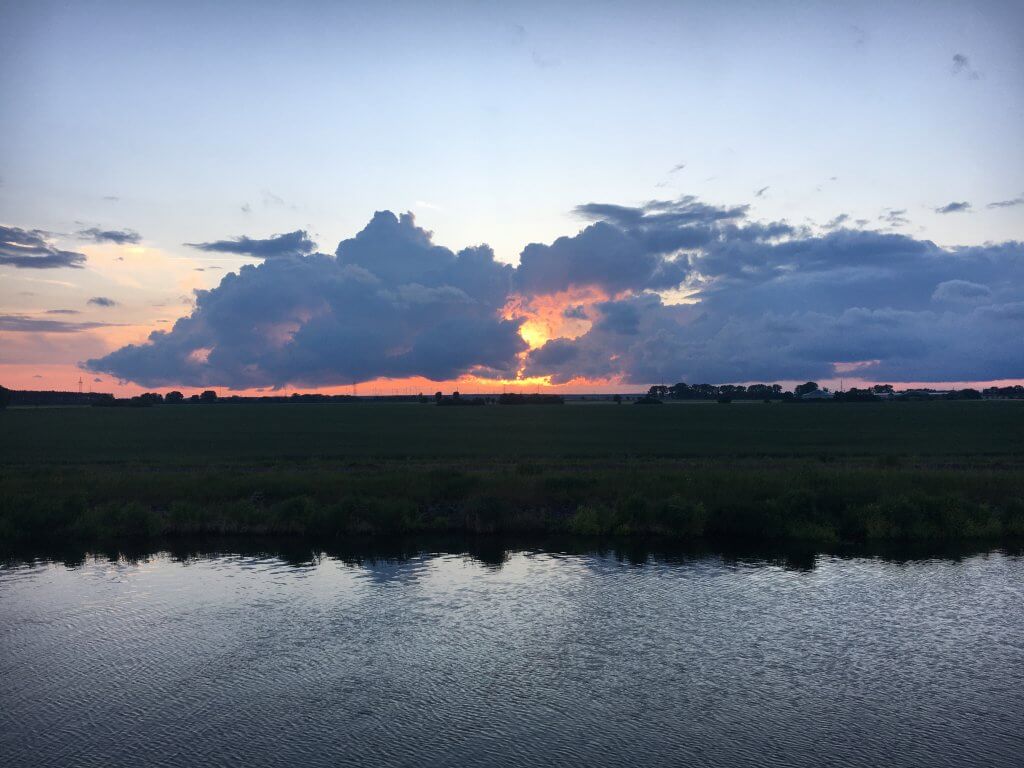
When I grew up near Mainz, I used to pick up trash from a local creek and made a booklet about a walnut tree with my friends. I feel committed to counteract the destruction of nature ever since. In my bachelor’s degree, however, I studied history and communication science in Mainz, with an Erasmus year in Riga, before turning to Global Change Ecology in Bayreuth. I believe that the historical perspective can contribute to understanding how our existential environmental crises came about, and which fundamental changes we urgently need to survive them. While I get easily fascinated by almost any topic, small water bodies and urban trees are still among my main interests.

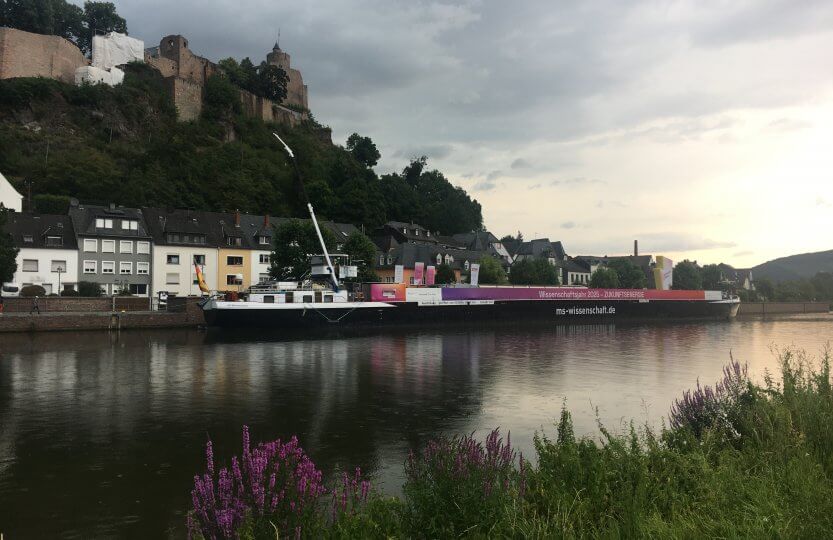



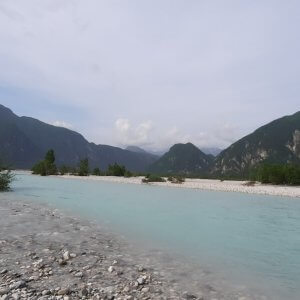
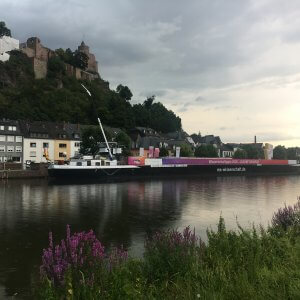



This article provides a fascinating look into the energy transition and its challenges. I particularly enjoyed learning about innovative technologies like geothermal energy and stored energy at sea. The authors personal reflections and critiques offer valuable insights into the importance of sustainability and behavioral change alongside technological advancements. A well-written and thought-provoking piece!
This article provides a fascinating behind-the-scenes look at the MS Wissenschaft exhibition, highlighting both the excitement of learning about renewable energy technologies and the critical need for addressing energy sufficiency and behavioral changes in the transition.Nano Banana free
thanks for this information